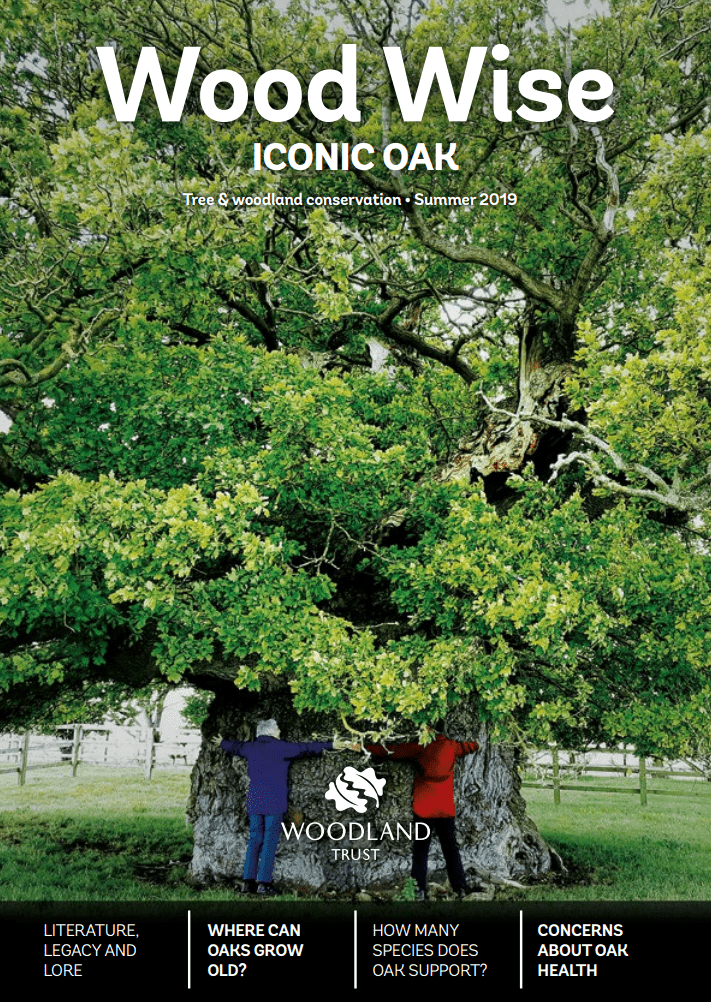If we look at the utility of trees in a new light, and through a new lens, we may be surprised by what we can see and what we can value. Among all trees, the oak is perhaps best placed to gift us a renewed sight.
Not so long ago, any article concerning utility and trees would have focussed solely on the properties of timber, how it could be grown faster or straighter, with fewer defects, or with greater structural density. There would be mention of hoppus cubic feet (the standard British volume measurement for timber before metric units), basal area, and yield class. Fortunately rising timber prices are encouraging landowners to think again about investing in forestry, but there’s more to tree valuation than timber prices. Times have changed, language evolved, and understanding deepened. In the 21st century there’s not only a new lexicon to use when considering societal and economic benefits, but there is a new rule book to adopt for a new world.
“If we view ecosystem services as the colours of the rainbow, we would realise how carbon, air, habitat, water, soil, health, fibre and other benefits are derived side-by-side. Each colour (service) is valuable and beautiful in its own right, as is a whole rainbow (the tree). A rainbow is a beautiful thing to behold, and at its foot we know we should look for a crock of gold. Maybe, one day soon, we can finally move the green economy from the red into the black after all.”
Hemery, G. (2019). Valuing Oak. Wood Wise, Summer 2019. pp.20-23.
This post is an extract from a recent article that I wrote for the Wood Wise magazine, produced by Woodland Trust.


 This work is licensed under a Creative Commons Attribution- NonCommercial- NoDerivs 3.0 United States License.
This work is licensed under a Creative Commons Attribution- NonCommercial- NoDerivs 3.0 United States License.
